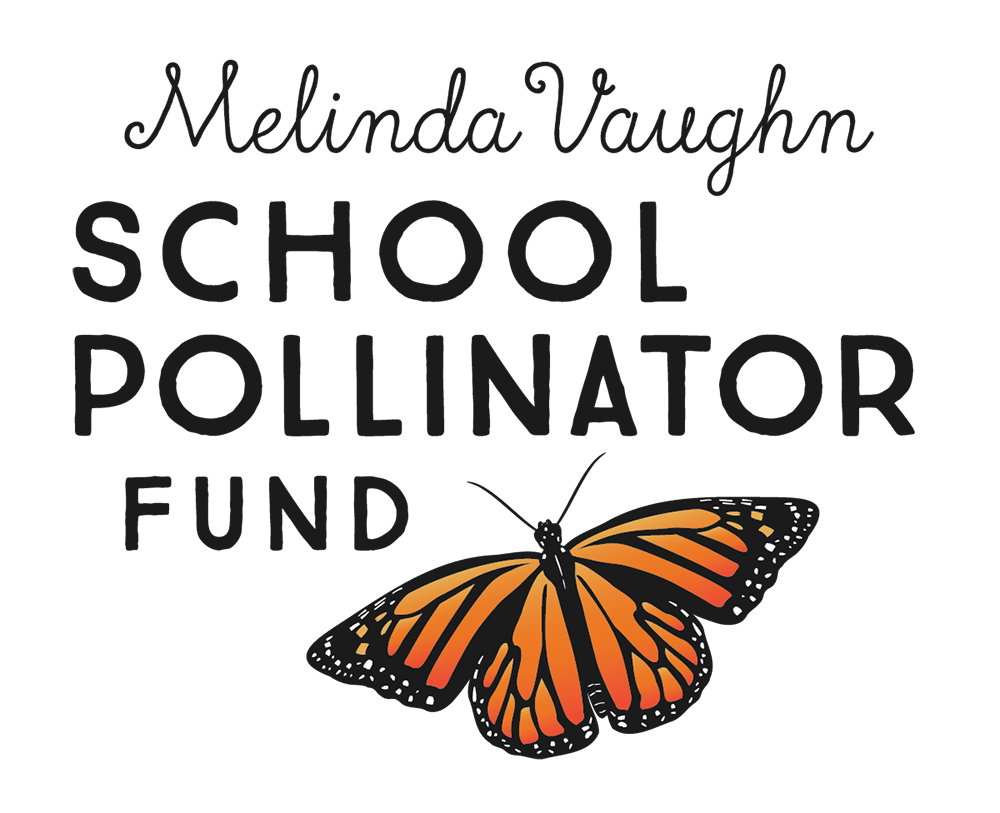Great River Greening Engages Minnesotans to Protect Pollinators
As the Education and Outreach Coordinator for Great River Greening, Jessica Drummond’s role is to connect local communities to the organization’s habitat conservation and restoration work in Minnesota. She does this through partnerships with schools and other community groups as well as volunteerism.
This month she participated in a conversation with the Melinda Vaughn School Pollinator Fund about Great River Greening’s pollinator-focused work.
Photo by Becca Tucker.
Q: How are pollinators part of Great River Greening’s Vision for 2030?
A: In order to sustain the healthy, climate-resilient, biodiverse natural spaces in our vision, pollinators must inhabit these spaces for the mutual benefit of the plants and the pollinators. We also can determine the quality of our restorations by monitoring the diversity of pollinators found.
Q: What are some of the projects and initiatives that carry that vision forward?
A: We work with communities and land-owning entities to restore habitat throughout Minnesota. We facilitate independent stewardship through site stewards and pollinator monitoring by offering trainings and organized community science. Our future stewards program works with schools in the metro area to restore spaces on or near school property that can be used for outdoor classrooms.
Q: What are pollinator corridors, and how do they play a role in Great River Greening’s work?
A: The term is a simplified way to describe a continuous habitat for pollinators in an urban area. Most bees and pollinators do not travel very far from their nests to find food. So rather than having little gardens here and there, a more continuous system of habitat is ecologically preferable.
Q: What types of organizations does Great River Greening partner with through its work on behalf of pollinators?
A: We partner with schools, companies, cities, counties, and other nonprofits such as Mississippi Park Connection, Friends of the Mississippi River, the University of Minnesota Bee Lab, and Xerces Society.
Q: What environmental education opportunities related to pollinators exist through Great River Greening?
A: The Future Stewards program at GRG includes pollinator curriculum for K-12 that complements the habitat restoration/outdoor classroom activity pieces. In the summer, youth groups and adults can learn how to monitor pollinators using the 3-category protocol for GRG’s community science data collection work.
Q: What were some of Great River Greening’s successes in pollinator habitat restoration in 2023?
A: In 2023 we created resilient habitats and addressed biodiversity loss on over 5,000 acres throughout all our programs in Minnesota. In 2024 specifically, our Pollinator Central Corridor project will continue on an additional 800 acres.
Q: What are you excited about related to Great River Greening’s pollinator-focused work in the coming year?
A: I am excited to expand our community science program for independent pollinator monitoring and site stewardship.
Q: How can Minnesota residents work with Great River Greening to support pollinators?
A: Through our pollinator monitoring opportunities in partnership with the UMN Bee Lab and Xerces society. These take place between June and September and will be on our calendar for registration in April.
Q: Is there anything else you’d like to share about Great River Greening related to pollinator education and conservation?
A: I am passionate about teaching the public why and how we protect pollinators and other reasons and actions for conservation of habitat and biodiversity. I am glad to work for GRG and be able to serve communities in this way.
Photo by Becca Tucker.


